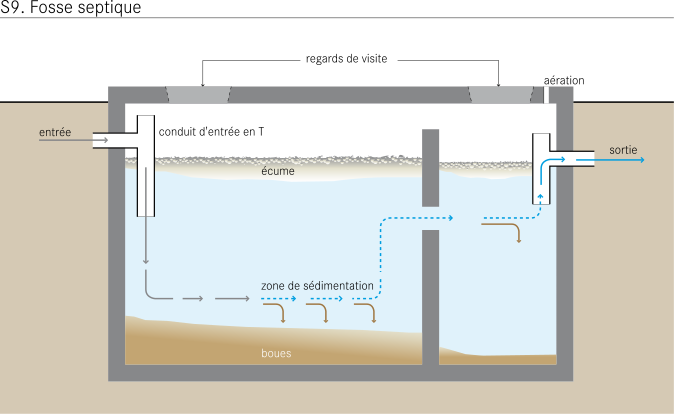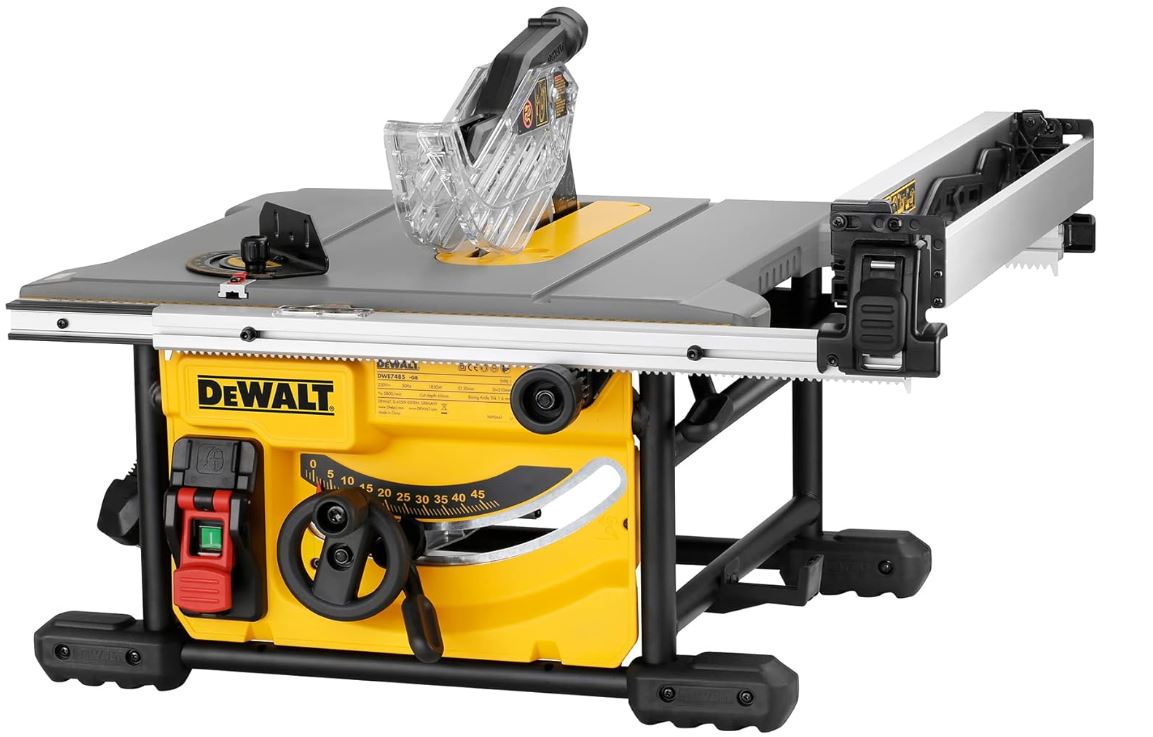For those who depend solely on septic systems for waste disposal, a failing septic system is equivalent to a disaster approaching. It’s not just any household maintenance issue, but it’s a major survival issue.
Did you know that it’s becoming so common that the Indianapolis (one of the most populous cities in the US) also relies on Septic Systems for much of the waste disposal?

Imagine your drain refusing to take in the wastewater. Imagine the wastewater flowing into natural water bodies nearby without you ever seeing it. Or worse, gathering up at the ground surface, disrupting your flow of life.
Well, you can easily avoid such an inconvenience with only a small effort on your end, i.e., research. And that too, timely. Getting yourself accustomed to your very own problem will help you assess and address it better before the situation gets way too much out of hands.
But the problem here is, solving septic system issues is not as easy, especially if you do not have much authority over the subject. The same applies to find the best possible septic services in your vicinity.
To tackle the situation properly, you need to understand the system first. Only when you are through with the entire why’s, what’s, and how’s – you will be able to select the best septic service, which can genuinely address the issue you’re facing.
Not all companies specialize in all aspects. So, knowing and picking a specific type of service is quite very essential in this regard.
What are Septic Systems?
Did you know around 21 million households utilize Septic Systems in the United States? And out of which almost 20 percent of Americans frequently search for the best septic service near me currently.
Well, this innovative waste treatment system sure is getting popular for the right reasons. And, along with an increase in consumer demand, Septic Services have also experienced a significant boost. But why? And, what are Septic Services precisely? Let’s unlock all the answers below!
The term, Septic System, refers to an underground wastewater treatment method. As it is an alternative to centralized sewer systems, it is present in most rural and suburbs. However, as mentioned above, it is gaining rapid popularity in urban cities too.
Septic System’s fundamental purpose is to collect the wastewater from the affiliated building and disinfect it before disposal. Unlike other water treatment systems, the Septic Systems does not only stay limited to greywater (from household plumbing, laundry, and kitchen drains) but it also treats black water, which comprises of the wastewater produced by bathrooms.
Generally, the system comprises two key structures, including a Septic tank and a soil absorption field. Although the mechanism of the Septic System varies with the type, it has a basic operational method too.
The Septic tank functions to break down the organic, biodegradable matter into smaller substances. Also, it separates the solid and floatable matter, such as oils and grease. Whereas, the soil absorption field is a subsurface area that is present within the soil. It receives and absorbs the liquid effluent discharged by the Septic tank. However, it gets absorbed in a specific area.
Types of Septic Systems
Septic systems greatly depend on your locality. The soil type, household size, the slope of the site, distance with the water bodies, weather, and the local laws determine what kind of septic system can be built in your area. Currently, there are about 10-different types of septic systems. And these include:
- Drip Distribution System
- Septic Tank
- Aerobic Treatment Unit
- Chamber Mechanism System
- Evapotranspiration System
- Artificial Wetland System
- Cluster Systems
- Mound Systems
- Conventional Systems
- Recirculating Sand Filtering System
For an idea, let us consider Charles Cove, a typical coastal area. Most of the homes for sale in Charles Cove area will most likely come with small septic tanks or Aerobic Treatment Units. That’s because coastal areas are already tight on land area, and these occupy much less space. Similarly, the countryside areas developers, constructors, and homeowners opt for cost-efficient options that may demand a bigger area.
Understanding how it works
Are you still feeling skeptical about how the Septic System functions? Well, then worry not! Below is a comprehensive insight into how the Septic System generically works in your house. Note, the below-mentioned explanation doesn’t take any system modification into account.
In a house, there are several water-dedicated pipelines that collect the wastewater. It includes wastewater from bathrooms, kitchen, and washing areas. All of these pipelines transfer the water into a big drainage tube. It takes the wastewater to the Septic Tank.
Outside, you will find a large tank buried in the soil, called the Septic tank. Usually, it gets composed of fiberglass, concrete, or polyethylene. Hence, making it waterproof and tight.
This gigantic tank contains the wastewater until the solids settle into the bottom. Whereas, the floatable matter floats onto the top of the collected water. The tank has several compartments as well as aT-shaped outlet.
These features prevent the accumulated floating matter from traveling to the absorption area outside. Meanwhile, the treated wastewater travels to that area using the T-shaped outlet.
Soil absorption field is a shallow, porous excavation that contains unsaturated soils. The treated wastewater drains into it and gets absorbed. The soil further treats the water after absorption and filters it to the groundwater
When to opt for Septic Services?
At times, despite the dedicated care and preventative measures, the Septic System may get blocked. And, a malfunctioned wastewater treatment system can be an unpleasant situation to handle. Some symptoms of a blocked Septic System includes:
- Backing up of wastewater into drains and toilets
- Foul odor around the Septic tank
- Greenish substances into the soil absorption area
- Watery pool near the tank
Although a high-quality Septic System hardly gets clogged, neglect in certain aspects can quickly lead to this scenario. Here are some actions that can block your Septic System.
Excessive disposal of greasy substances and oils into the drain can block the inlet of the pipes. Usually, the floatable matter is often hard to decompose and can lead to odor issues.
If you flush non-biodegradable items into the toilet, such as cotton buds and swabs, then the pipes can clog instantly. These collect and create an obstacle in the water’s path. Hence, causing the wastewater to either pass quite slowly or back up.
Draining chemicals or inorganic solvents can damage the pipelines and the tank itself. These include pesticides, weed killers, and other substances with high bleach caustic soda concentrations. At times, these chemicals can kill the bacteria and enzymes. Thus, making the waste treatment system inefficient.
Apart from the user’s actions, external factors can also damage the Septic System. For example, roots of nearby trees may protrude into the tank or soil absorption field. Consequently, it ruptures the system.
Creating impermeable surfaces such as a driveway, on the drainage field can reduce the efficiency of the Septic System. Also, the entrance of excessive water into the tank can make it overflow. The development of biofilms inside the pipelines can block them too.
Final Words
Now that you’re well aware of the concept and types of the septic system along with its mechanism, we hope you, at least, have a rough idea about what will work best for you. And most importantly, we hope you’re able to identify when exactly is your septic system’s problem over and beyond your control. We hope, knowing all that mentioned above, you’re able to call in professional help timely before the waste-waters above your head. Indeed, only a professional can help you fix the issue directly and accurately.




